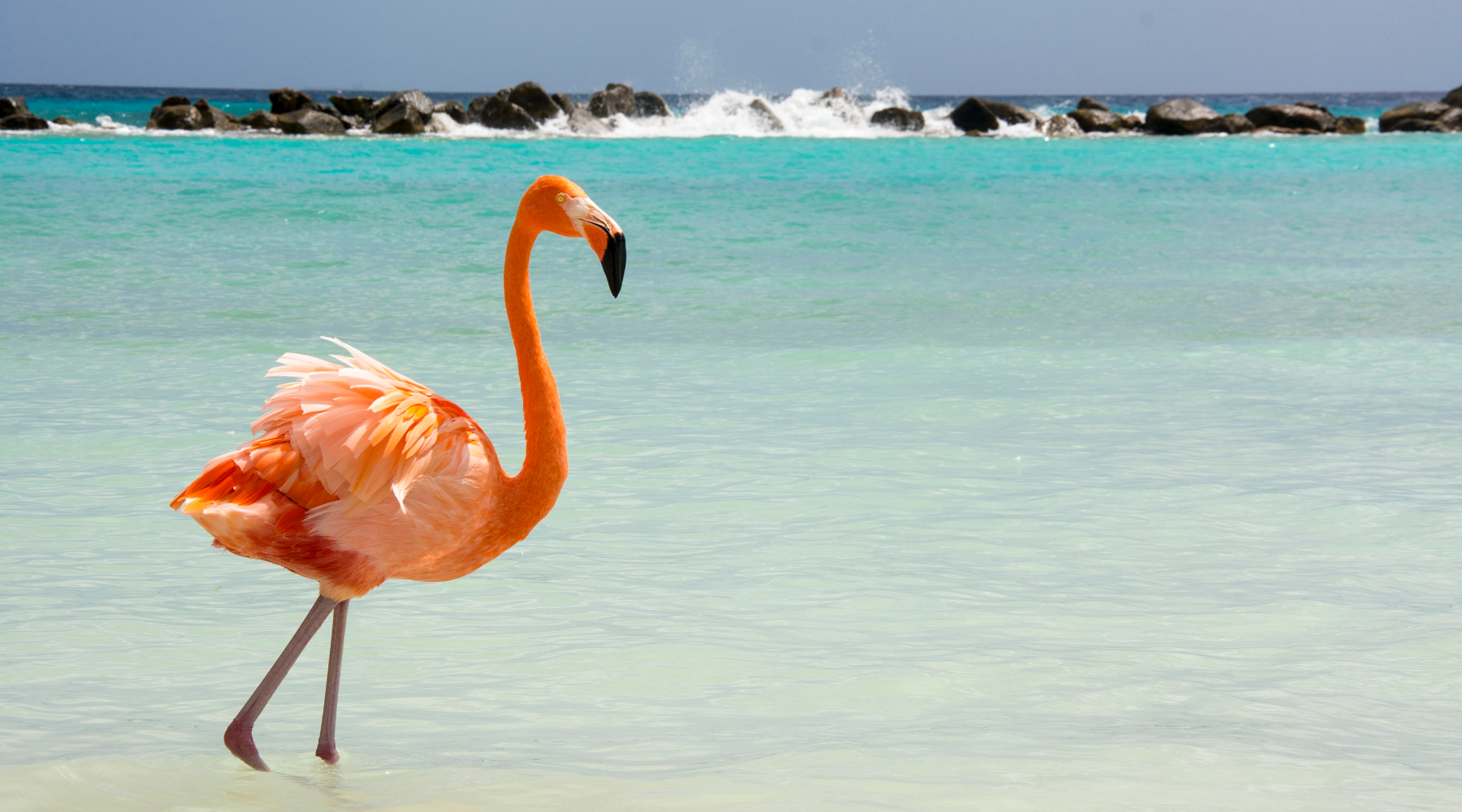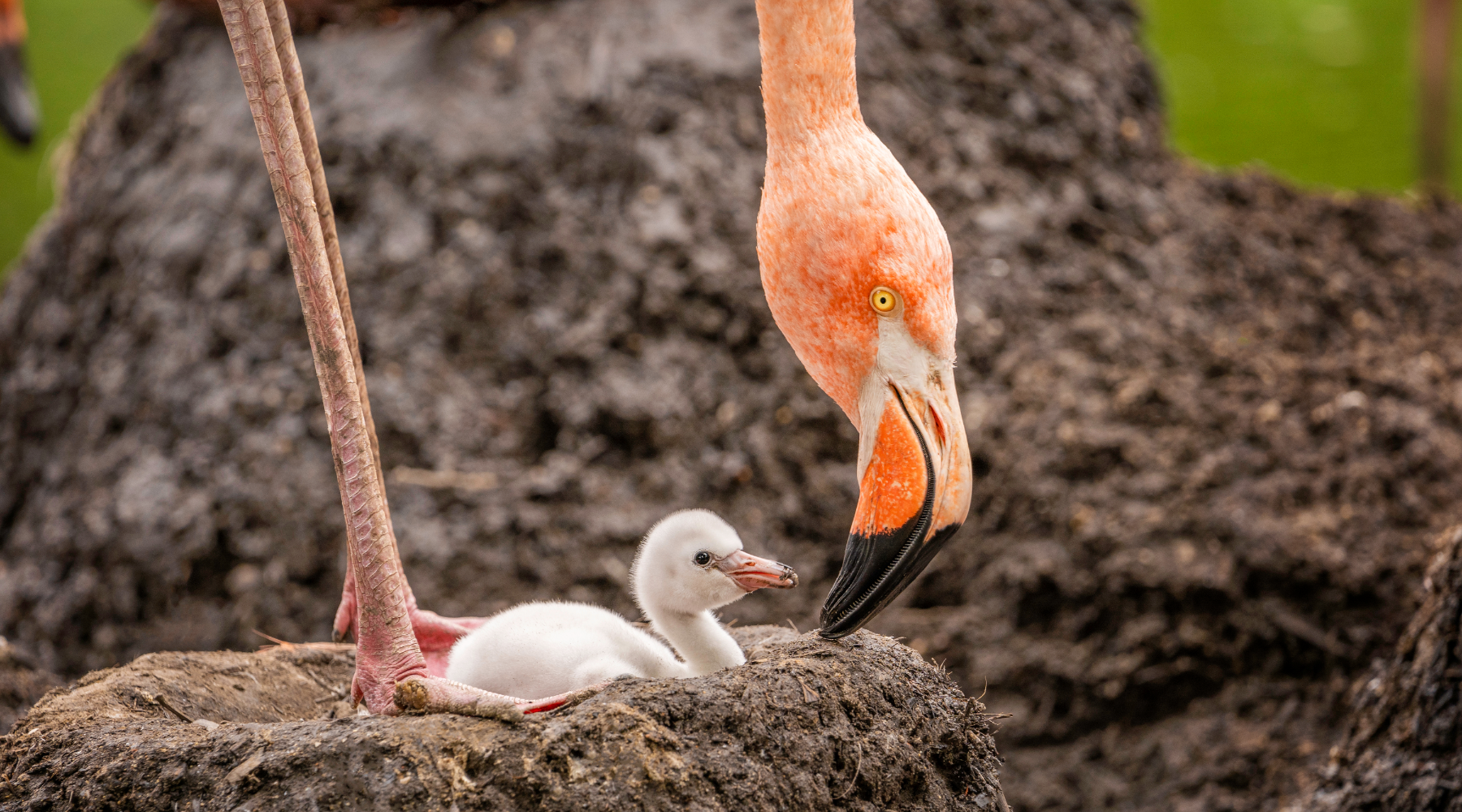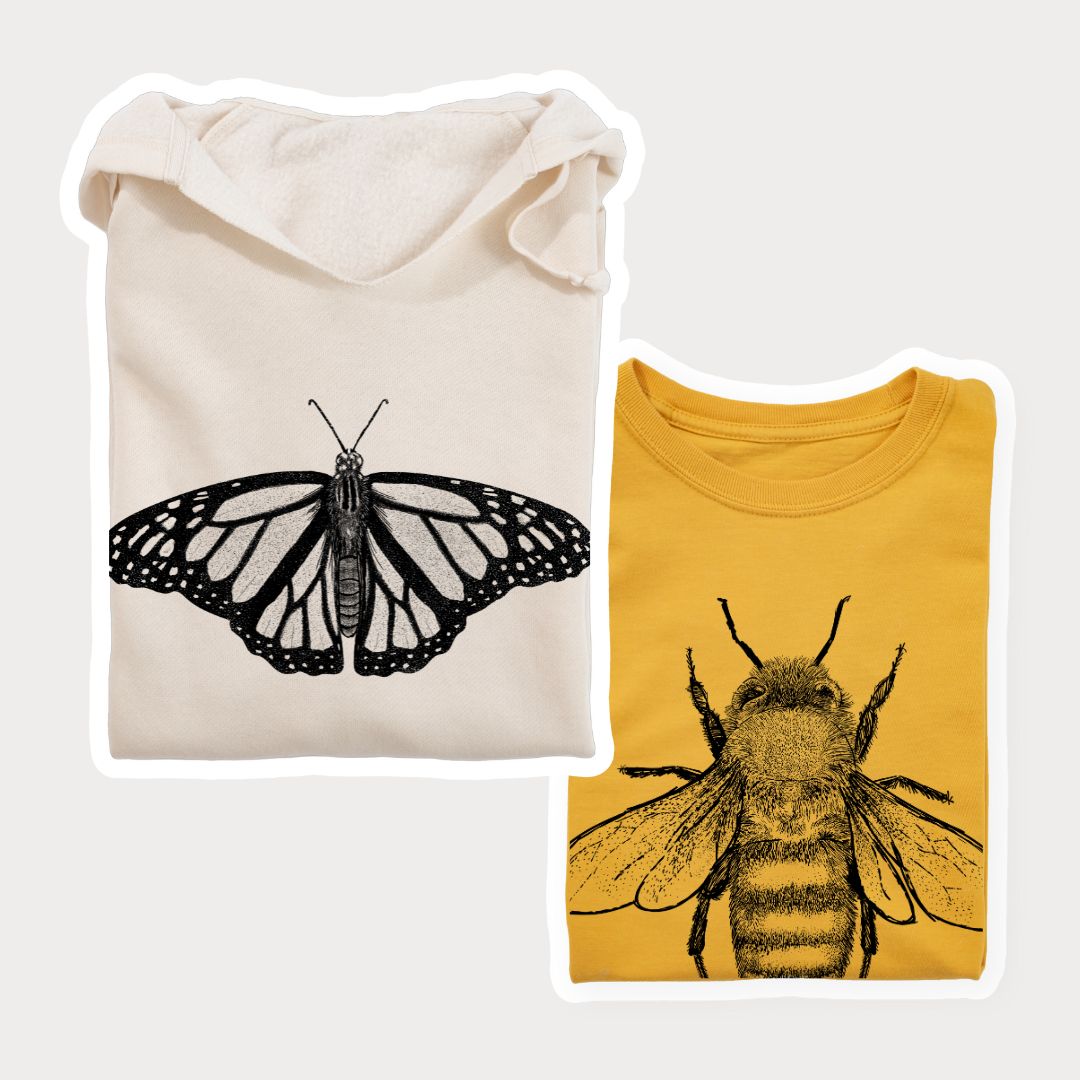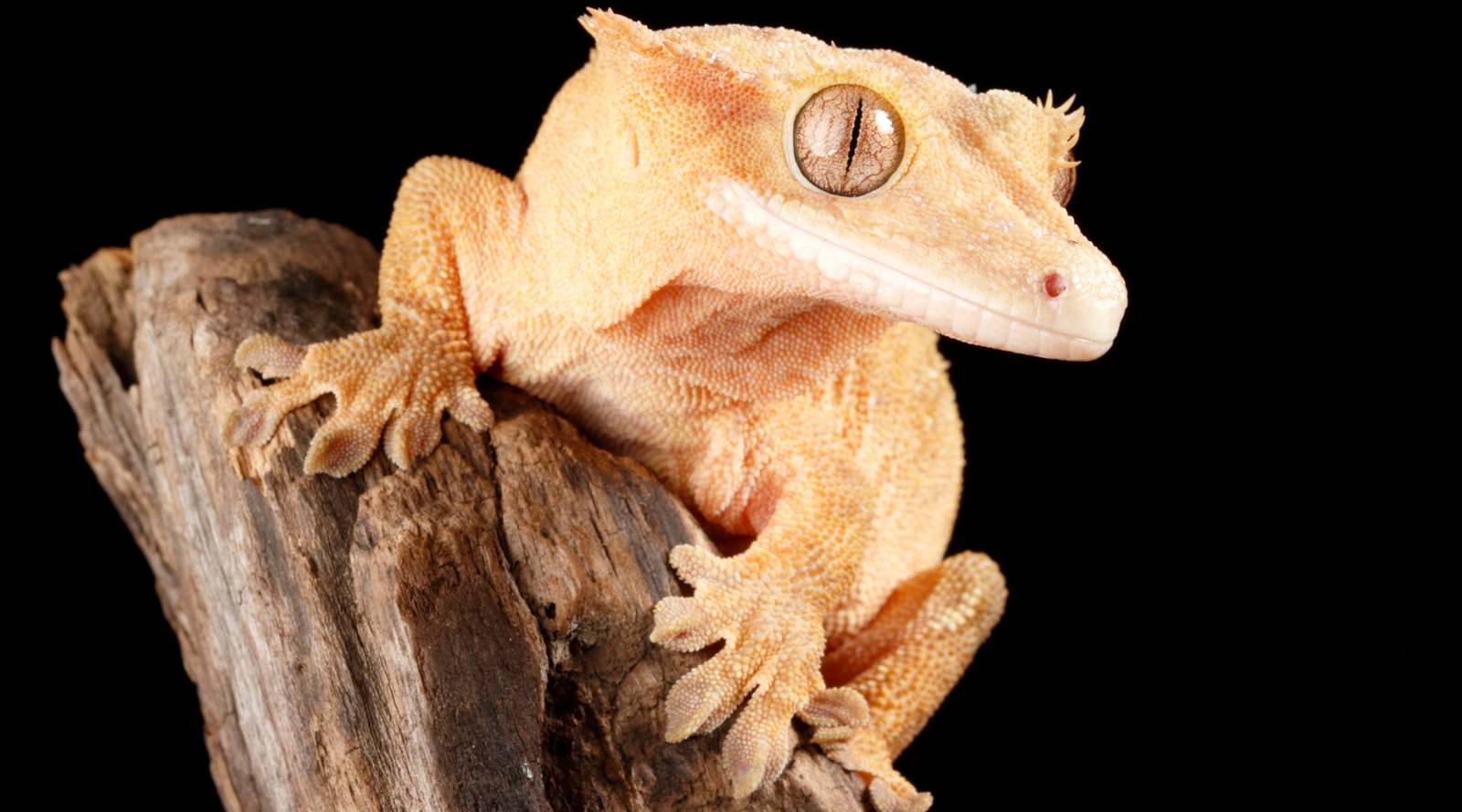Why Are Flamingos Pink?
Have you ever marveled at the striking pink hue of flamingos and wondered what lies behind their vibrant coloration? These elegant birds, often seen gracefully wading in the shallow waters of wetlands, are among nature's most colorful creations. But why are flamingos pink? The answer is as fascinating as it is surprising.

Why Are Flamingos Pink?
Flamingos are pink because of the types of foods they consume. Flamingos aren't born pink, in fact they're born with grey feathers. Their signature pink color develops over time and is primarily due to their consumption of foods like algae, larvae, and particularly brine shrimp, which are rich in natural pigments called carotenoids.
Carotenoids are organic pigments found in plants, algae, and some fungi. Interestingly, the carotenoids present in their diet mean that many other animals would be unable to safely eat the foods they eat.
How are flamingos able to eat foods that are toxic to other creatures? When they eat anything containing carotenoids, these pigments are broken down in their liver and then absorbed into fats, which are then deposited in their feathers and skin.
Over time, these carotenoids accumulate and intensify the pink coloration of the flamingos.
Their metabolism that allows them to eat such a toxic diet certainly sets them apart from other creatures, as does their ability to stand on one leg!

A Variety of Shades
Have you ever wondered why some flamingos are a bold, bright pink whereas others are a much paler hue?
The intensity of a flamingo's pink color can vary significantly among individuals, and it's directly related to their diet. The more carotenoid-rich food a flamingo consumes, the stronger its pink color will be. This is why flamingos in captivity may have a different shade of pink compared to those in the wild, as their diets can vary substantially.
In the wild, the availability of carotenoid-rich food sources can change due to factors like seasonality and environmental changes. This variation can lead to fluctuations in the intensity of a flamingo's pink coloration throughout its life.

The Impact of Their Coloring
The intensity of their coloring plays a crucial role in their social dynamics and mating rituals. Flamingos with more vibrant hues are often more successful in attracting mates because a strong pink color is an indicator of good health and a diet rich in nutrients, making them more desirable as mates.
An Example of Adaptation
The pink coloration of flamingos is a striking example of how animals can adapt to their environment and how their physical characteristics can be influenced by their diet and habitat. It's a beautiful reminder of the intricate connections between organisms and their ecosystems.
Flamingos are pink due to their incredible ability to eat food that's toxic to most other creatures.Their pink coloring is a remarkable display of nature's interplay between diet, environment, and adaptation. Flamingo fan? Shop our Andean Flamingo Collection today!
















Leave a comment (all fields required)